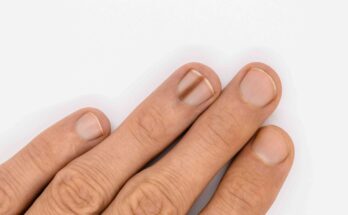Morning 1: First Light, First Step
Sarah looked at her phone alarm buzzing at 7:00 a.m.—her earliest wake time in years. She dragged herself out of bed and stepped onto her balcony, letting the morning light flood her eyes. That bright exposure, she learned, is one of the most important signals to reset your internal clock. Experts recommend getting natural light early in the day to shift your body clock earlier. (Healthline)
Day 1 Through 2: Anchoring the Wake Time & Adjusting Bedtime
Over the next couple of days, Sarah forced herself to wake up at the same time—even on weekends. Consistency in wake time helps anchor your circadian rhythm. (Healthline) She also began nudging her bedtime earlier—just 15 to 20 minutes at a time rather than making extreme shifts. (Medium)
Evening 2–4: Cutting Caffeine, Screens & Building Wind-Down Rituals
By the second evening, Sarah skipped her late afternoon coffee and switched to caffeine-free tea. She turned off screens at least 30 minutes before her intended bedtime, replacing them with reading and light stretching. Blue light from screens delays melatonin, the “sleep hormone,” so reducing screen exposure is a key adjustment. (Healthline) To reinforce the signal that “bedtime is coming,” she dimmed lights and followed a consistent pre-sleep routine. (Cleveland Clinic)
Midweek: Keeping Active & Cooling the Room
On day 3 and beyond, Sarah included moderate exercise earlier in her day, but avoided vigorous workouts close to bedtime. (Harvard Health) She also cooled her bedroom, making it slightly chilly, because a cooler environment helps with sleep onset. (Healthline)
By Day 5: Optional Use of Melatonin & Light Therapy
By the fifth evening, she tried a low dose of melatonin under medical advice to help shift the timing of sleep onset. (Healthline) She also used a bright light lamp in the morning when natural light was weak, reinforcing the shift earlier. (Master Your Sleep Without Meds)
After One Week: Stabilizing the New Rhythm
One week later, she noticed she was feeling sleepy earlier in the evening. Her body seemed to “catch on” to the new pattern. She kept up consistent wake times—even when tired—and avoided naps longer than 30 minutes, especially late in the day. (Sleep Foundation)
Ongoing Weeks: Reinforcement, Patience & Adjustments
Over subsequent weeks, Sarah gently nudged her sleep schedule earlier bit by bit until it matched her goals—without forcing sudden jumps. She remained consistent, built in buffer nights when needed, and tolerated setbacks without giving up. (Cleveland Clinic)
She also understood that “revenge bedtime procrastination” (staying up late to claim personal time) can pull her back into old patterns if she’s not careful. (Sleep Foundation)
Why the Steps Matter & What You Can Expect in the Journey
- Your internal clock (circadian rhythm) is highly responsive to light and dark cues. Adjusting exposure is a powerful lever in shifting your sleep timing. (Sleep Foundation)
- Sudden huge changes backfire; the body responds best to gradual shifts (e.g. 15 minutes every few days). (Medium)
- Consistency is key: waking up at the same time, avoiding naps, controlling caffeine and screen light—all reinforce the new schedule. (Healthline)
- Some aids (melatonin, light therapy) can help—but only in combination with good habits and ideally under supervision. (Healthline)
- Be patient: setbacks happen. The shift from night owl to earlier schedule is gradual and may take weeks. (Cleveland Clinic)



